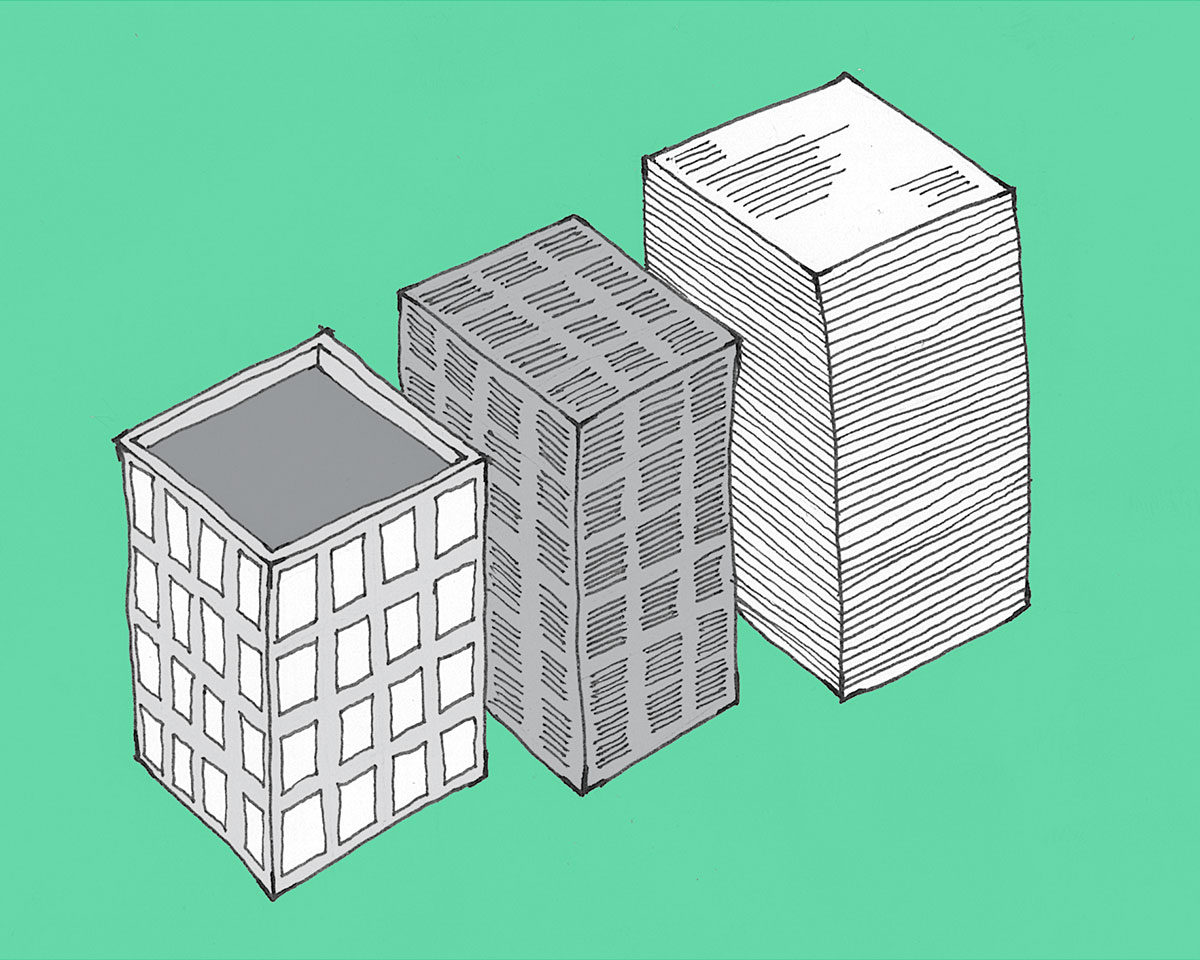Measuring return on investment (RoDI) in architecture is like choosing between science and the arts. The scientific approach relies upon data gathered, usually, at the point of handover. The other takes into account emotional responses including anecdotal evidence about well-being.
Reliable evaluation of RoDI is hard to find. It’s only possible through dedicated commitment to research and analysis.
So how do you define and measure a good RoDI for your development projects?
We’re assuming you want commercial success. Who wouldn’t? It’s important but can only be determined by what you most value. If you can get the balance right, between what’s viable and what people want and need, the financial and social outcomes of your projects will far exceed an immediate focus on profit.
Return on investment in architecture is the value a building brings to a site and its owners and users. That is also the value we as architects bring to a site.
So, how can you unite art and science to achieve exciting projects with a greater RoDI potential?
Many elements contribute to projects that are successful, visually, socially as well as profitable. Current data, success factors, future needs, aspirations, and technology all play a part. You must also study the demographics that drive the market.
The project values and intention must be expressed in the design concept. As architects, we seek always to reveal new possibilities to the client to achieve commercial aims and elevate quality of life.
History is a reliable guide to future success in some sectors, such as hospitality. It is less easy to make predictions for RoDI in emerging sectors.
Even in developing a hospitality project, there are many variables. An architecture firm with a track record in a sector knows how to meet the desired aims. It understands the clientele a site will attract and what design elements work best for a site in that area.
Good firms recognise when it is time to take design in a new direction.
Some sectors have the potential to provide multifaceted returns to developers. Retired living and student accommodation are two of the biggest potential growth markets. Both bring every aspect of lifestyle design to the market beyond the sale of the dwelling.
Dynamic, contemporary communities give users a feeling of prosperity and a warm sense of community. Incidents of vandalism and graffiti are reduced in sleek smart precincts. Thoughtful design and caring maintenance is source of pride. People feel positive and this pays forward increasing the potential for future projects in the area.
But it demands thinking beyond current design norms. The highest quality and innovation is only the starting point. Creativeness in design requires prioritising user wellness and planning for future needs some of which may not yet be evident.
If your designer plans to repeat what’s been made before, rethink your designer. Achieving RoDI calls for forward-thinking developers who want to explore the potential for diverse spaces. A crafted, well-rounded development attracts far more value than a transaction on handover day.
This is clear in educational settings. Our recently completed chapel for the Australian Catholic University (ACU) campus in Ballarat is one such place. It provides space for reflection and reposing away from classroom pressures and administrative activity.
Universities and their students prosper when they have a rich range of courses, research, talented faculty and high quality facilities. While campus shops, restaurants and bars may not directly to the bottom line, they may be leveraged. Parks, public art and entertainment spaces contribute to the smooth and pleasant functioning of a campus. Developer investments in bold public artworks increase the value of commercial and residential precincts. They enhance the experience, aesthetics, and reputation of the institution.
Discussions throughout the design process and clear post-handover analysis optimise learning from the project. This ensures future wins for developers and society.
Beautiful environments for schools, college amenities, and residences for young people boost admissions, attendance and engagement. But that doesn’t tell the whole story. We’re in the design realm to make lives better, and that begins with young people. To witness productive and enthusiastic use of the spaces we’ve helped to create is the greatest motivation of all.
We’d love to discuss what great RoDI in design and development could mean for you.
Tags:
architecture | design | investment | lifestyle | return | value
Share:
